The Pro: Tanapol Kaewpring
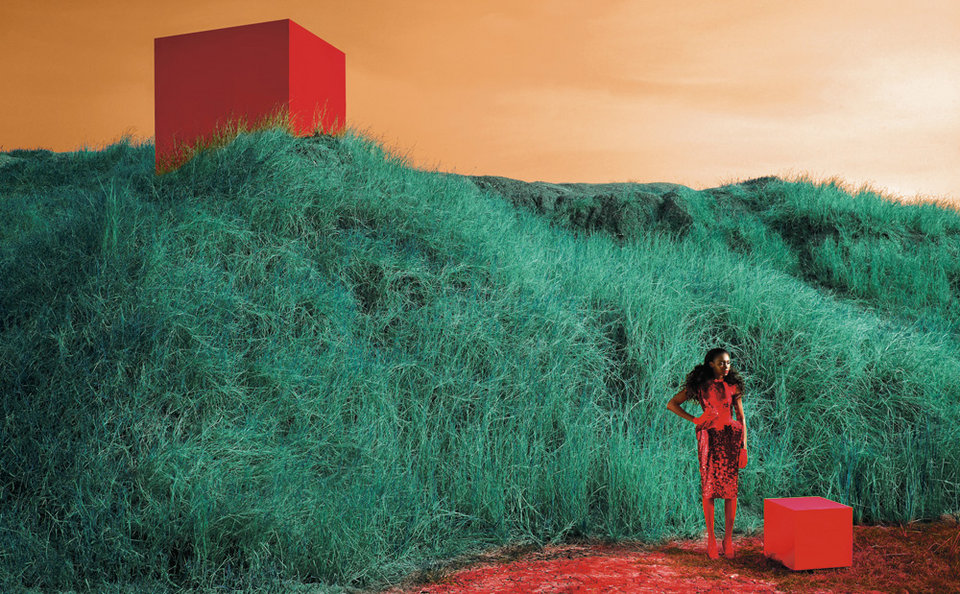
Currently a fashion photographer for L’Officiel Magazine, Tanapol Kaewpring’s artistic work is very diffent: highly conceptual, provocative and delivering thoughtful observations on change, growth and destruction.
 Are there a lot of photography collectors in Bangkok at the moment?
Are there a lot of photography collectors in Bangkok at the moment?
Photography-wise, not so much compared to other types of art. It’s been growing for a long time, but it still isn’t mainstream.
How do you balance your editorial, commercial and artistic work?
It’s quite difficult. When I’m doing editorial or commercial work, I’m doing what others want—agencies, creatives and clients. But in my personal work, I answer my own questions and meet my own goals. There’s a similar thought process, but the objective is different. In the end, I think you’ve got to choose what you really want to do, whether to go commercial or delve deeper into fine art. Now I’m learning both, but I definitely would like to further my career on the art side of things.
Which Thai photographers do you like?
The first name that comes to mind is always fashion photographer Kornkrit Jianpinidnun. I was one of the first people to follow his work, so I’ve seen his growth and improvement, and it has inspired me.
Where do you recommend people go to see good photography?
I love Manit Sriwanichpoom’s Kathmandu Gallery. It really is a gallery for photography, unlike many others that mix different types of art. They also have high standards in selecting whose work to showcase. It’s always good.
Can you make a living selling your photos?
You can’t live by just doing that. You have to slowly build your profile, gain connections, have a clear stand point in your work and constantly improve to build a following. It’s really hard to survive solely on selling your art. You might get B20,000-30,000 for each picture, but chances are you won’t be selling on a regular basis.
Any tips for aspiring photographers?
Define yourself; photography is like telling a story. Choose which colors you want to use to tell your story. Take pictures according to your tale. Let the camera roll and keep going. You need to have a heart. Don’t just enrol in some course then get paranoid that you need better equipment. Everything depends on you.
What was the inspiration for your latest work?
Personal experience. I’m currently doing some soul searching, trying to choose my path. In the end, I can’t escape from my thoughts about my career, my family etc. It’s my relationship with myself and everything that surrounds me that inspires me.
The instagram master: Athipan Wongsuebyut
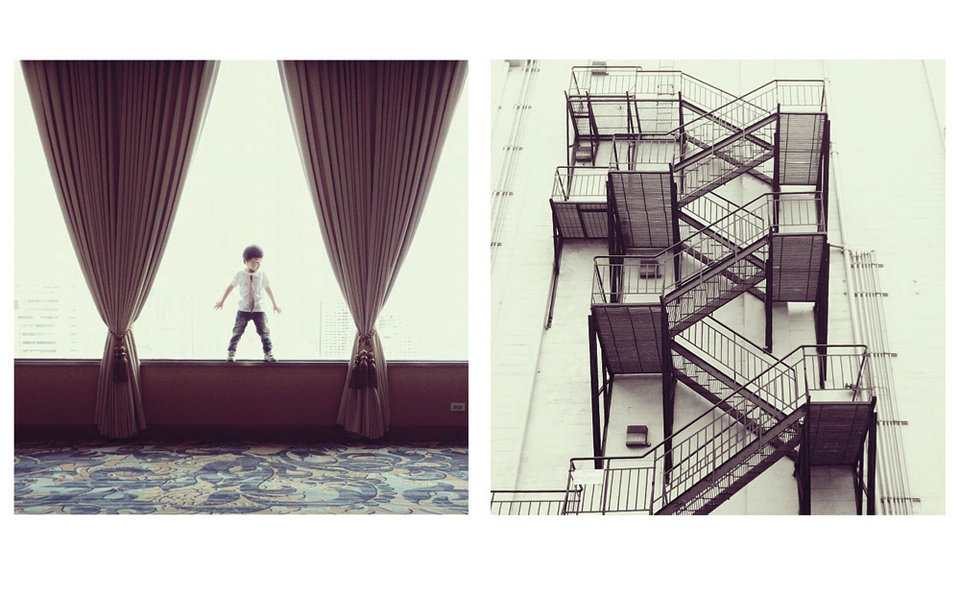
Athipan Wongsuebyut, better known by his Instagram name @awnoom, is a graphic designer whose minimalist snapshots have a following of 180,000.
 Has Instagram changed the way you see things?
Has Instagram changed the way you see things?
Definitely, Instagram collects lots of amazing pictures from all over the world. These pictures inspire me. It also widens my perspective and makes me care more about composition.
How did you get so many followers?
I really have no idea. I’ve been on Instagram for two years; the first year I was like everybody else and had about 60 friends. Then last year, I moved to work in Songkhla and started posting pictures that I took there. I was surprised because many strangers would “like” my pictures and start following me. I owe it to my friends @pketron and @chrisconnolly who introduced me to @josh, a member of the Instagram team who interviewed me for the Instagram blog.
How do you decide which pictures to post?
I think a good picture is one that can effectively tell a story. The one thing that’s important is to really communicate with the viewer. Personally, I place lots of importance on composition.
Is there any pressure when you have so many followers?
Nope, if there was I would stop using Instagram. Actually, I think it’s challenging in a good way, especially when you see great pictures from others. It makes you want to improve yourself.
What are your favorite filters?
Valencia and Hudson.
What apps do you tend to use to take pictures?
I often use Snapseed to edit the lighting and color tone of a picture. But mostly I just use the camera from the iPhone. I turn on the HDR mode to level out the amount of contrast which makes it easy to work with other filter apps. The grid option is also helpful when you want precision. But there are times when I take pictures directly with Instagram, too. It’s quick and you can see exactly how a picture’s going to look, so it helps with the composition of a picture.
The Street Photographer: Luke Satoru
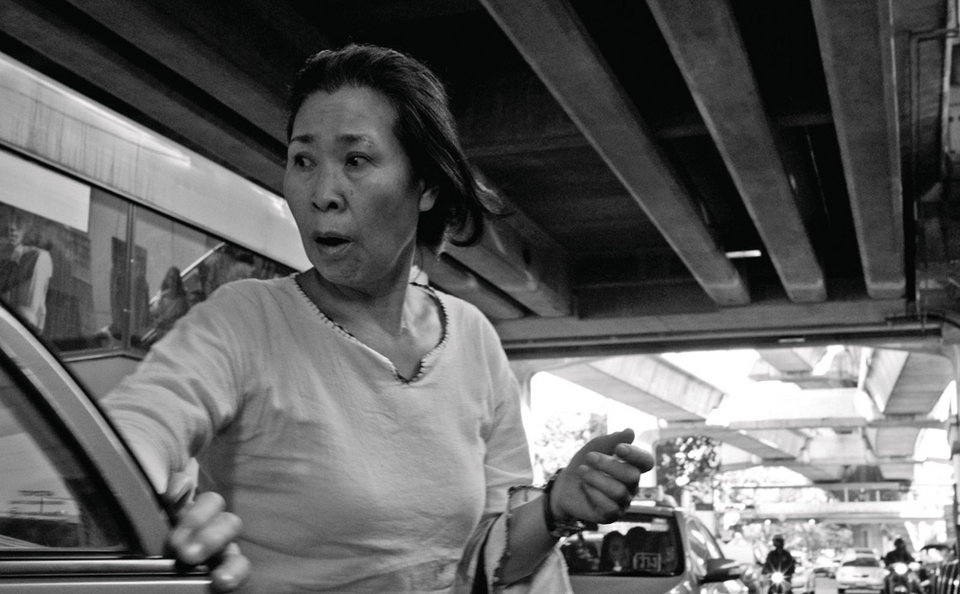
With photography becoming such an ubiquitous, throwaway activity, Luke Satoru is one of those photographers who would like to reconnect with the meaningful craft it once was. He’s reverted to shooting film and has helped bring over The Invisible Photographer workshop from Singapore (invisiblephotographer.asia) to assist Bangkok’s amateur photographers approach this instantaneous art in a more deliberate, thoughtful manner.
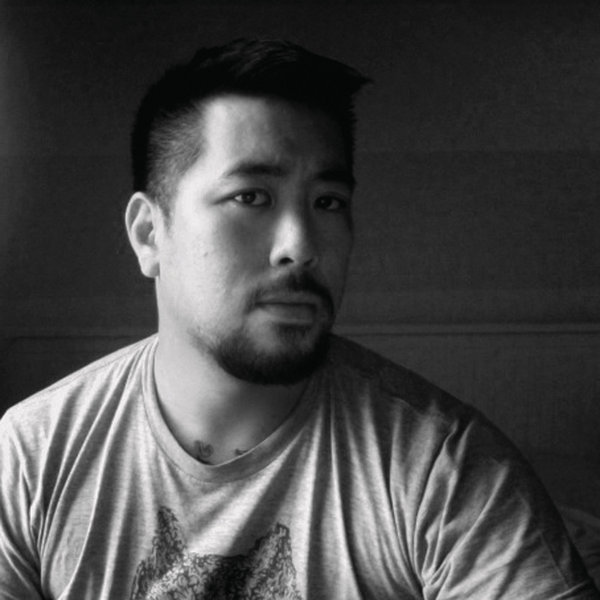 Why do people come to the workshops?
Why do people come to the workshops?
They’re either new to street photography, or have tried it a bit, but need to see what is missing in their work. The first part of the workshop is references, showing different styles, and then a quick tutorial on your camera—zone focusing, settings, that sort of stuff. People are then asked to shoot at least at a 35mm [wide] focal range. A lot of people don’t get close enough.
Is a wide-angle lens key to taking good pictures?
Not necessarily. One participant had this ability to find the quiet beauty in things. And she could play up to that and not get really close. But the workshop helps you figure what works for you.
Is Bangkok a street photography mecca?
Yeah, some cities have great color and activity. New York is like that. Bangkok, too. We have friends based in Singapore and they much prefer here. The first workshop was mostly people who flew in, but the second one was people living in Bangkok. I think their work was better, they were more comfortable with the city.
Why do you shoot film?
I was shooting jewelry for my work, then sports I was involved in—MMA [Mixed Martial Arts], Jiu jitsu. Then I kind of hit a wall. I went back to shooting black and white film. Everyone works so hard, you need to find something to pull you back into the moment. Shooting with a rangefinder camera, you need to take the time. Also, people ask, “What is that?” when they see me shooting. When they see that it’s a film camera, it starts a conversation, and people are more open.
Luke Satoru is a jewelry designer (www.lukesatoru.com) and runs a Brazilian Jiu Jitsu gym (see www.bkkbjj.com).
The Conservationist: Manit Sriwanichpoom

Manit Sriwanichpoom is the man behind the Pink Man photography series, for which he gained international fame. He’s been busy with a lot of other projects (he was director of photography for the banned film Shakespeare Must Die). But one of his pet projects has been the Forgotten Masters series, where he unearths old Thai photographers and showcases their works at his small Kathmandu Gallery.
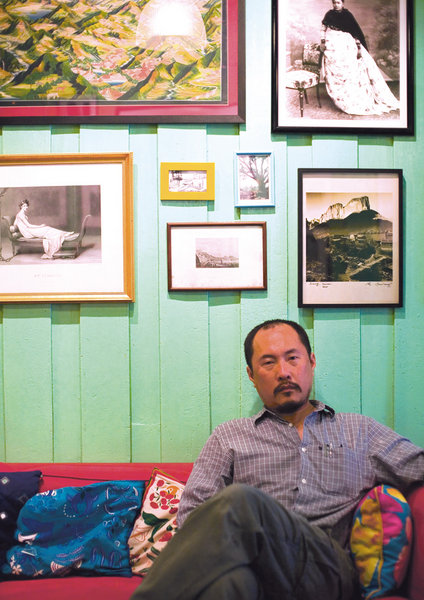 How did the project start?
How did the project start?
I used to teach photography and I found that all our knowledge relied on the West. Why do we look to somewhere else, not here? Anek Nawikamun had made a book on the history of early Thai photography, which goes from photography’s arrival here, up to Rama VI or VII. But after that, nothing. So I thought my starting point should be from 1932, the arrival of democracy. I wanted to see how photography has helped to promote democracy.
How does photography play a political role?
Once you have photography, you prove that you exist in this society. That’s why people go to photo studios to get their pictures done, to register their identity, to get identification documents. You look at the pictures we showed from Pornsak Sakdaenprai; they are photographs from Phi Mai taken in the mid 1960s, and you can see how people realized their identity through them.
Is this also a call to preserve our photographic heritage?
Thailand has lost a lot of important evidence of its history. We didn’t really see how our own story was important. Thai history mostly gives importance to the monarchy, or religion. When you learn history, there’s hardly any stories about commoners. So people did not keep photographs, diary, documents. It wasn’t in the culture. When I started to look for photographs not even that old, maybe 30-40 years, it was very hard for me to find anything. People just threw them away.
What’s your take on mobile digital photography?
Instead of writing, people take photographs. It’s very difficult to say whether this is good or bad, but it’s a way to communicate. It’s hard to remember any of the stuff being photographed, because there’s so much of it. I think people are still looking for inspiration. People still value good products. So these forgotten masters, it’s good training and can help people swim against this flood of images.
Have you been influenced by these “forgotten masters?”
Sometimes, when I start a project, the story of an old master comes to me. When I worked on my nude series [Obscene], I would say I was inspired by ML Toy Xoomsai. From his work, I could see how his generation talked about women. And it’s important that the current generation see this perspective.
Currently, Disco Buddha by Kamthorn Paowattanasuk is on show at Kathmandu Gallery. Photo credits: Pornsak Sakdaenprai (top two), ML Toy Xoomsai (bottom).
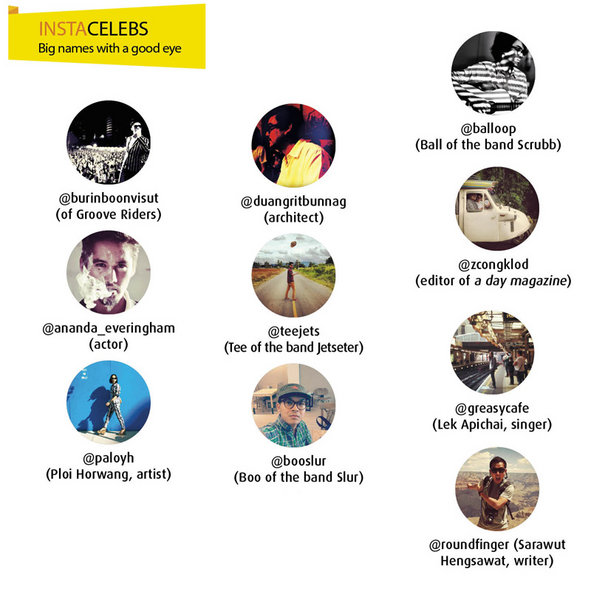

















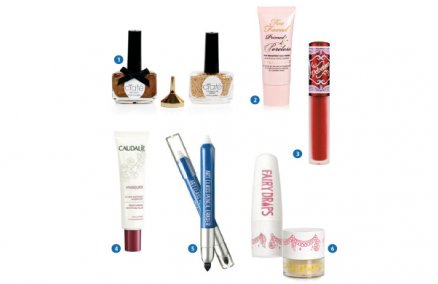
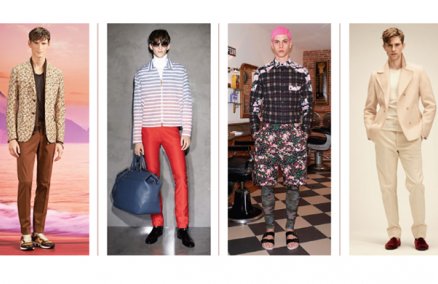

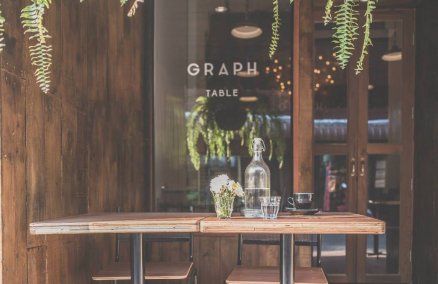
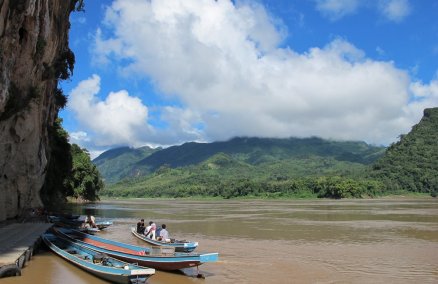

 Are there a lot of photography collectors in Bangkok at the moment?
Are there a lot of photography collectors in Bangkok at the moment?
 Has Instagram changed the way you see things?
Has Instagram changed the way you see things? 
 Why do people come to the workshops?
Why do people come to the workshops?
 How did the project start?
How did the project start?
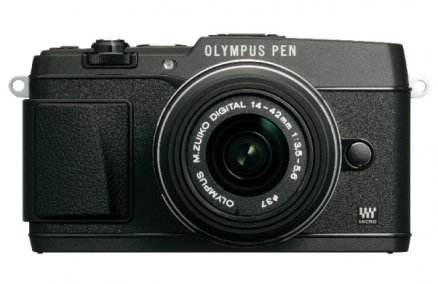
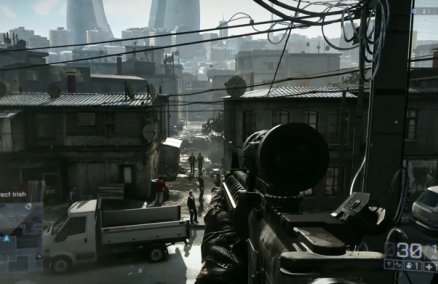
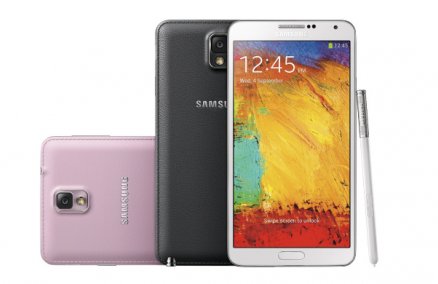
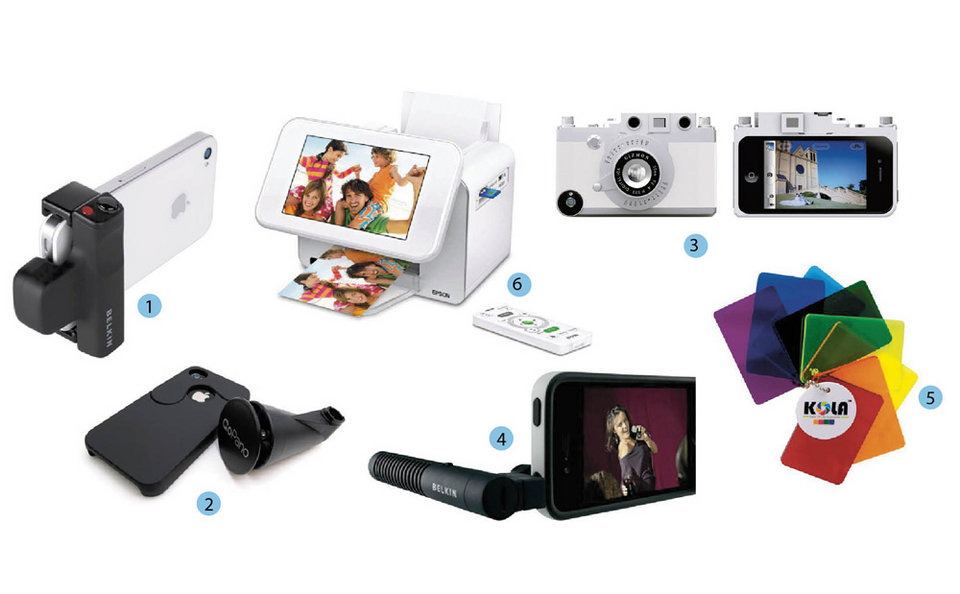
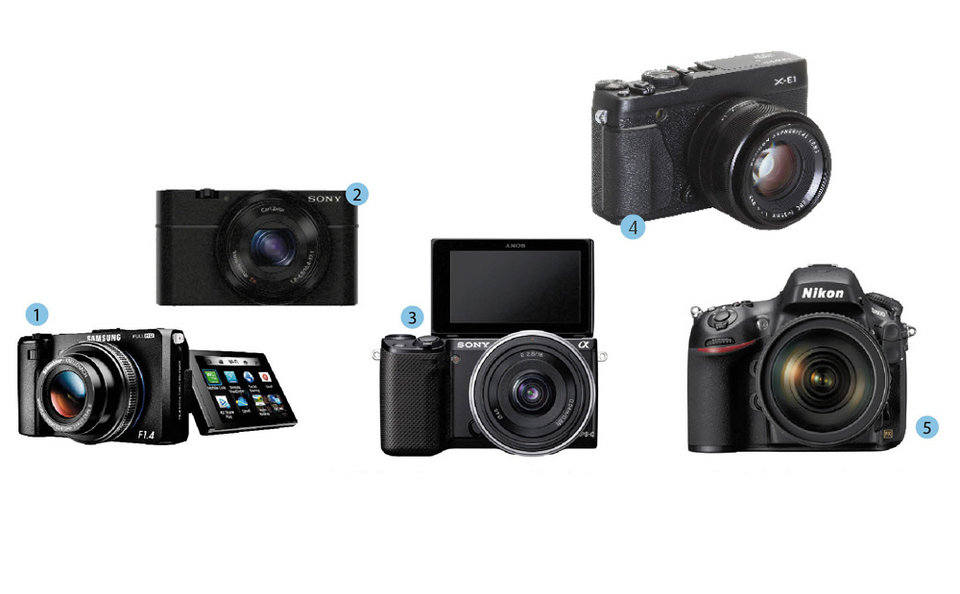

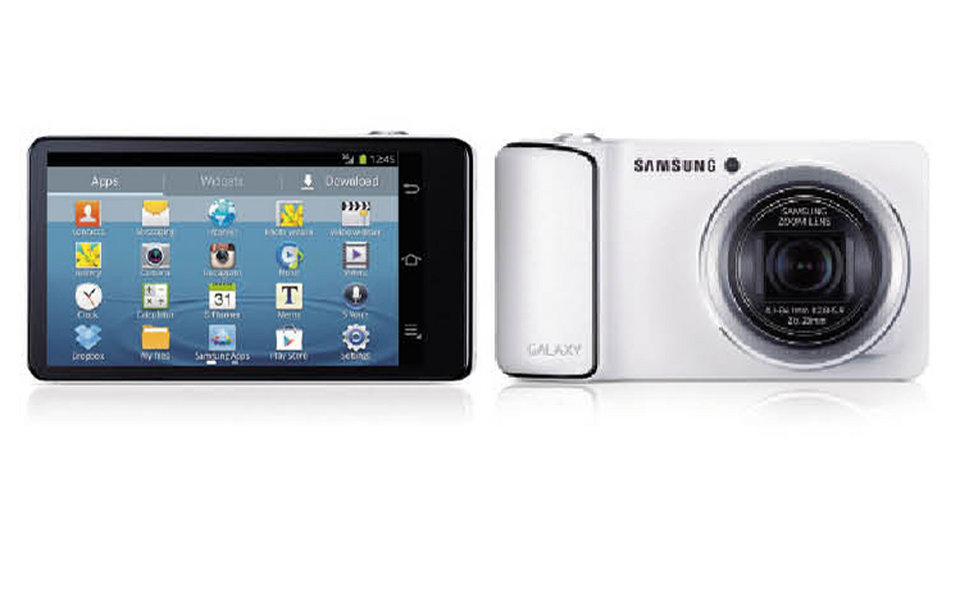
 What is it: If you thought Nokia had gone the way of Blackberry, think again. The Finnish manufacturer has just put out two sleek handsets with class-leading cameras. The 808’s 41-megapixel sensor creates incredibly sharp images with five times the detail you’d get on an iPhone 4s. (Too bad it’s not a great a smartphone.) The 920 only has an 8-mp camera but its optical stabilization allows for smooth video and stellar low-light photography (and it’s a better smartphone).
What is it: If you thought Nokia had gone the way of Blackberry, think again. The Finnish manufacturer has just put out two sleek handsets with class-leading cameras. The 808’s 41-megapixel sensor creates incredibly sharp images with five times the detail you’d get on an iPhone 4s. (Too bad it’s not a great a smartphone.) The 920 only has an 8-mp camera but its optical stabilization allows for smooth video and stellar low-light photography (and it’s a better smartphone).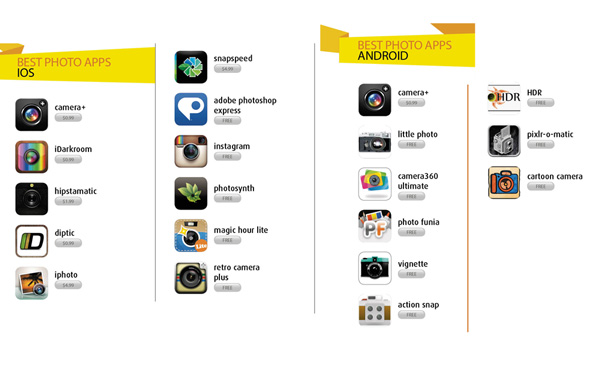
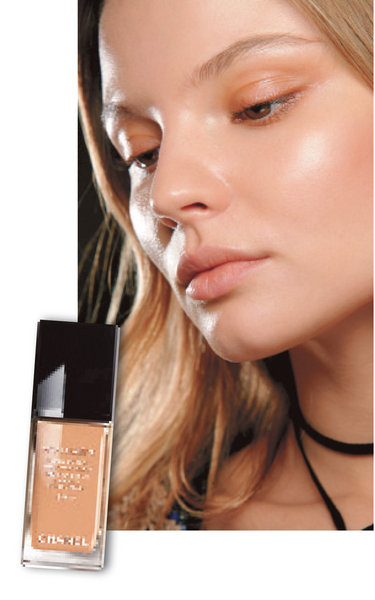 Spring’s fave look makes a surprise appearance on the Fall runways. This one is all about the pursuit of perfect-looking skin and nude tones. At Valentino, as well as Dior, makeup artists play with neutral tones while Michael Kors adds a dash of color.
Spring’s fave look makes a surprise appearance on the Fall runways. This one is all about the pursuit of perfect-looking skin and nude tones. At Valentino, as well as Dior, makeup artists play with neutral tones while Michael Kors adds a dash of color. Pimp up the traditional black smoky eye look with colors like turquoise blue, as seen in Prabal Gurung’s shows, or satin green, as in Jason Wu’s.
Pimp up the traditional black smoky eye look with colors like turquoise blue, as seen in Prabal Gurung’s shows, or satin green, as in Jason Wu’s. 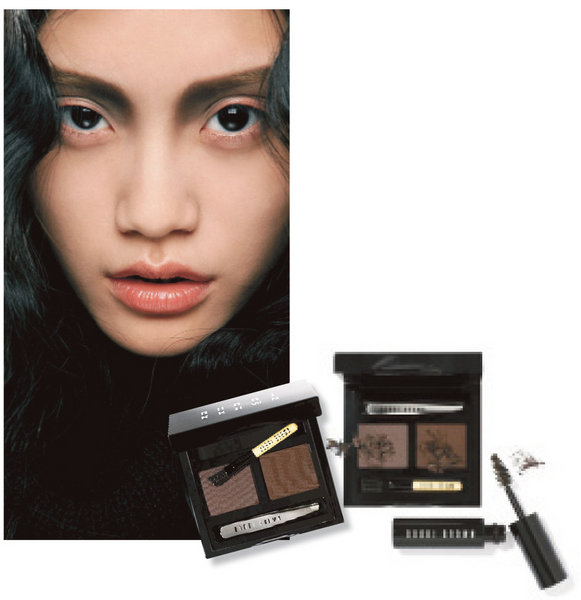 Retro elegance is here to stay. Designers like Donna Karan and J. Mendel choose to keep it simple, while Chanel puts a modern twist on it by adding sparkles.
Retro elegance is here to stay. Designers like Donna Karan and J. Mendel choose to keep it simple, while Chanel puts a modern twist on it by adding sparkles.  Red lipstick is like a little black dress—a woman can never go without it. And this fall, mulberry red (dark red with chocolate undertone) is your best bet, having starred on the runways of Gucci, DKNY and Givenchy, with finishes ranging from matte to glossy. The key is to keep the skin clean, and let your lips do the talking.
Red lipstick is like a little black dress—a woman can never go without it. And this fall, mulberry red (dark red with chocolate undertone) is your best bet, having starred on the runways of Gucci, DKNY and Givenchy, with finishes ranging from matte to glossy. The key is to keep the skin clean, and let your lips do the talking.

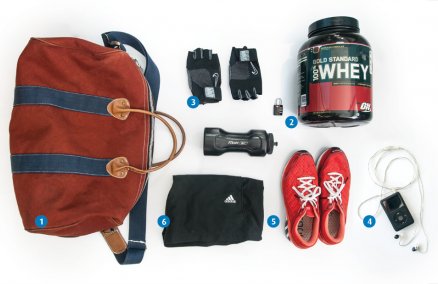
 Richer and more complex in texture than lager, it has more hops and other added ingredients, which lends it more bitterness and often a slightly fruitier taste. Ale is also best served at a warmer temperature than lager to enhance its aromatic complexity.
Richer and more complex in texture than lager, it has more hops and other added ingredients, which lends it more bitterness and often a slightly fruitier taste. Ale is also best served at a warmer temperature than lager to enhance its aromatic complexity.  Perhaps the most popular and prevalent types of beers to be found in our fair city. Lagers are usually quite light and refreshing, with a slightly bitter aftertaste, while the carbonation means they are good at cleansing the palate.
Perhaps the most popular and prevalent types of beers to be found in our fair city. Lagers are usually quite light and refreshing, with a slightly bitter aftertaste, while the carbonation means they are good at cleansing the palate.  Wheat beers like the Bangkok favorite Belgium Hoegaarden manage to be both aromatic and refreshing. They often carry hints of citrus and coriander, with a strong yeasty aftertaste making them quite delicate flavor-wise.
Wheat beers like the Bangkok favorite Belgium Hoegaarden manage to be both aromatic and refreshing. They often carry hints of citrus and coriander, with a strong yeasty aftertaste making them quite delicate flavor-wise.  Most stouts will offer up a sweet initial hit before leaving you with a super bitter aftertaste. Many stouts have a complex series of flavors that can include hints of nut, coffee or chocolate.
Most stouts will offer up a sweet initial hit before leaving you with a super bitter aftertaste. Many stouts have a complex series of flavors that can include hints of nut, coffee or chocolate.  Very full-flavored, these light beers can be either very sweet or perversely quite sour. They can be treated as a good digestif to end a big meal.
Very full-flavored, these light beers can be either very sweet or perversely quite sour. They can be treated as a good digestif to end a big meal. 

